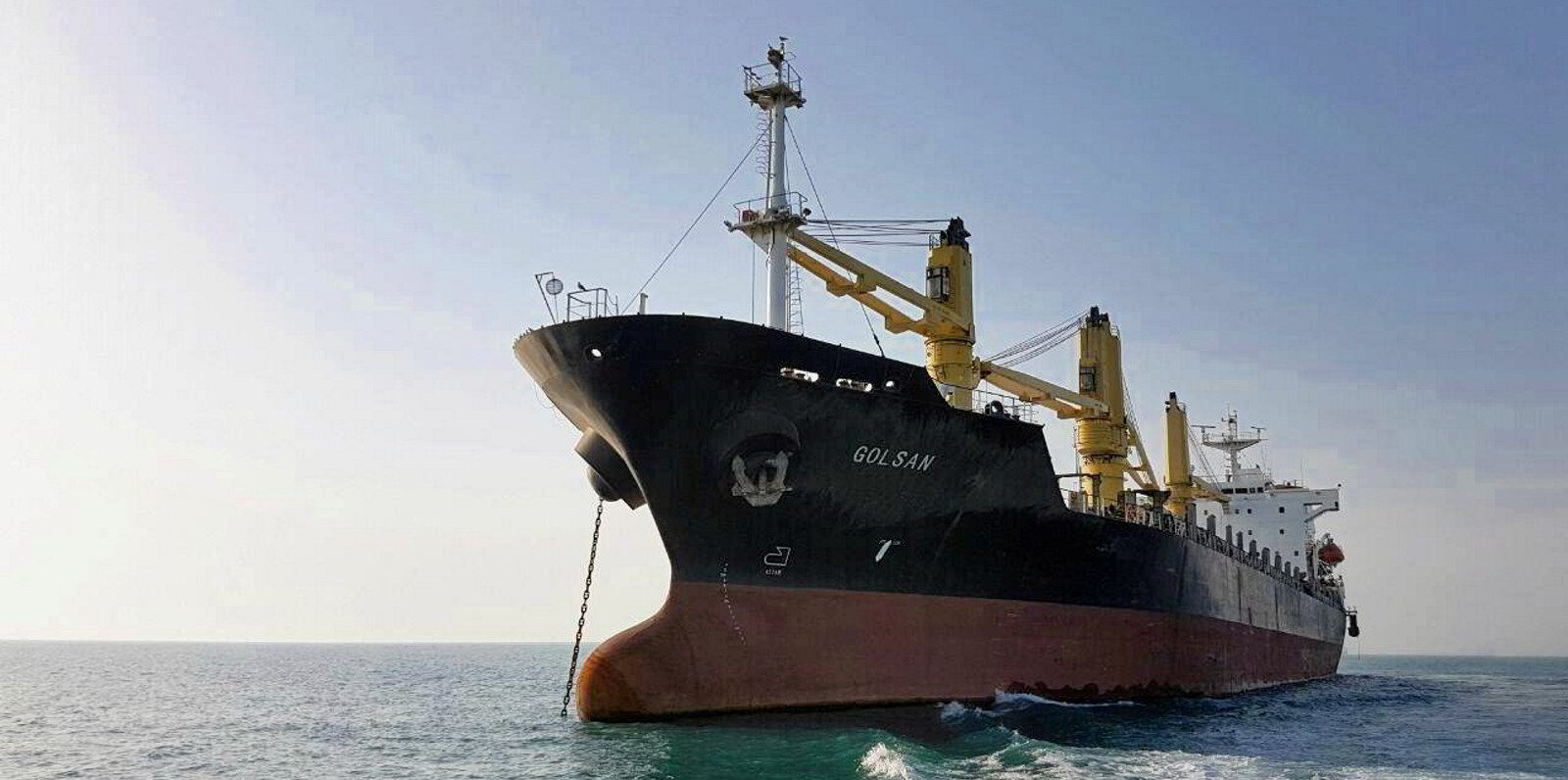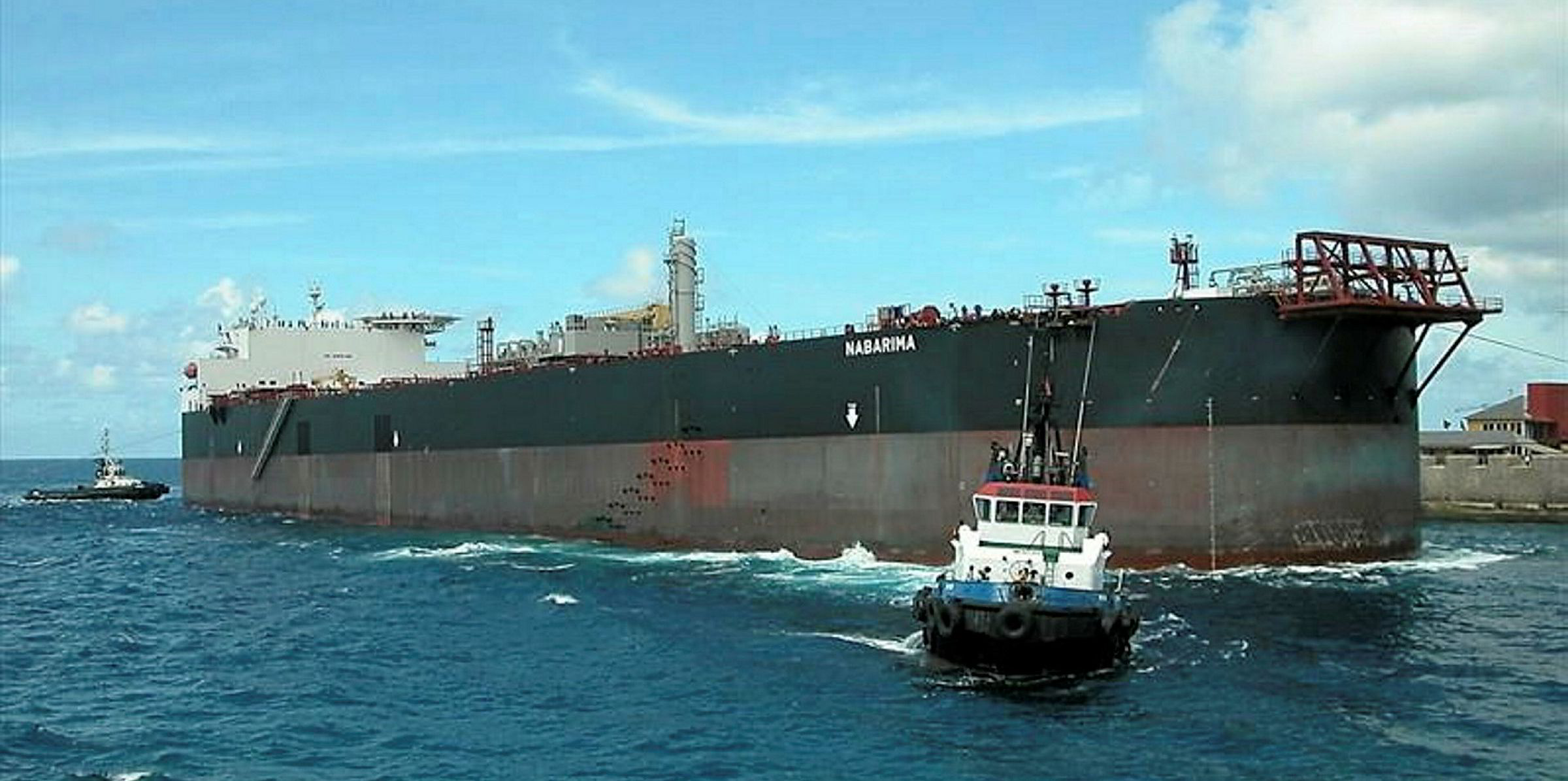Nearly 10% of the global tanker fleet could be involved in Venezuela trade over the past year via direct loadings, ship-to-ship (STS) transfers, dark activity or other opaque means, an industry study has found.
In attempts to drive out President Nicolas Maduro, the US has ramped up sanctions on Venezuela’s oil sector since January 2019 and many owners have steered away from the Opec member.
But the joint study by Vortexa and Windward concludes that, of the global tanker fleet of about 9,000 vessels, 818 may have carried Venezuelan crude or petroleum products in the past year.
The number is likely to be much higher than most industry estimates, as in general vessels would turn off their AIS transponders when approaching Venezuela and are not taken into account by most cargo trackers.
Arthur Richier, senior freight analyst at data provider Vortexa, said the study is based on artificial intelligence, satellite images, vessel-tracking data and other sources.
“The reality remains that the shipping industry is opaque, and the ability to track cargoes on board through dark and STS activities is crucial to being able to see interactions in a clear light, helping increase accountability and minimise risks,” Richier said.
The vessels are owned by 88 companies from 28 countries in Asia, Africa, Europe, Latin America, and the Caribbean, according to the study.
The US legal regime suggests that the vessels and their owners, and those who deal with them, could face sanction risks.
Joe Biden, projected to have won the US presidential election earlier this month, has also had harsh criticism of the Maduro regime. It remains uncertain whether there would be any future changes to Venezuela-related sanctions.
“The application of trade sanctions on oil and shipping markets has far reaching effects that extend beyond the specific entities they target,” Richier said.
“The global aggregate number of parties involved highlights the sheer interconnectedness of the maritime ecosystem, despite the intention of sanctions to deter trade.
“For this reason, charterers have for some time now become more scrutinising when chartering tankers that have called at Venezuelan ports in the last two years.”
Aged vessels
Of the 818 vessels, 218 had port calls in Venezuela or STS operations in Venezuelan waters.
VLCCs accounted for 23% of the ships, highlighting the importance of crude exports travelling longhaul among these movements, the study said.
Also, 51% of the vessels aged above 15 years. Richier said this suggests those involved have an emphasis on tankers “that can get the job done”.
The 218 vessels turned off their AIS transponders 51 times, had 112 instances of loitering and one of identity tempering, 99 port calls, and 49 STS operations near or in Venezuela.
Based on risk consultancy Windward’s analysis, the study found the fleet met 600 other tankers that did not visited Venezuela themselves.
“Over half of such meetings occurred on the other side of the world,” Richie said. “There may be three times as many tankers involved in trading with Venezuela than those that have actually gone there in the past year.”
For the 818 vessels potentially involved Venezuelan trade, 50% of their STS activity took place in Malaysian waters.
“This highlights Malaysia as an important area for STS activity with regards to the Venezuelan trade, further indicating a potential appetite from buyers in the region, largely China and Malaysia, for Venezuelan crude amongst other types of cargoes,” Richie said.







